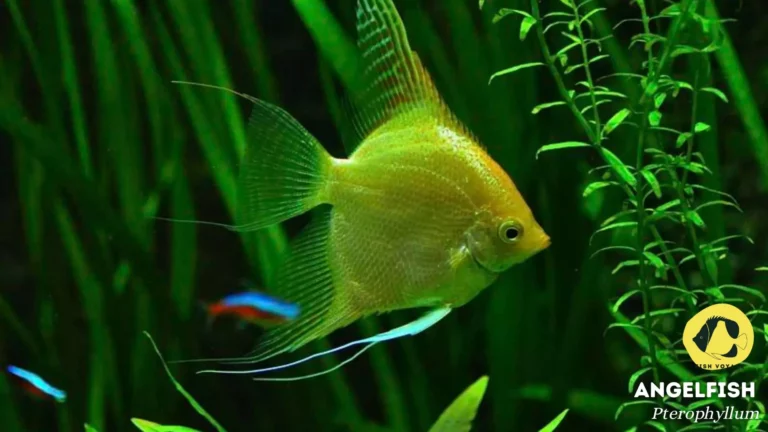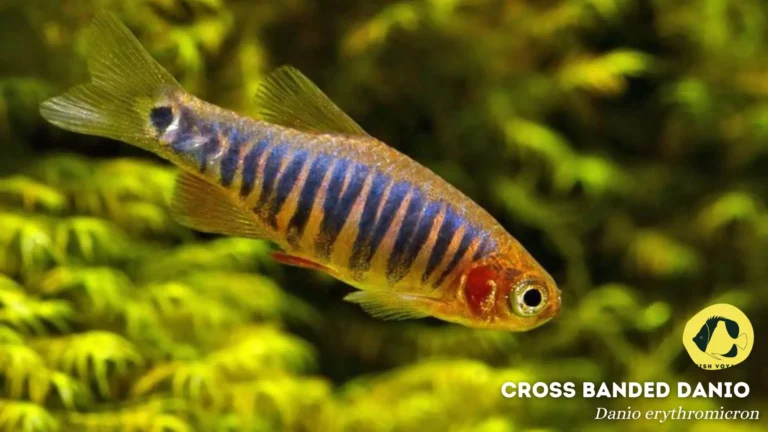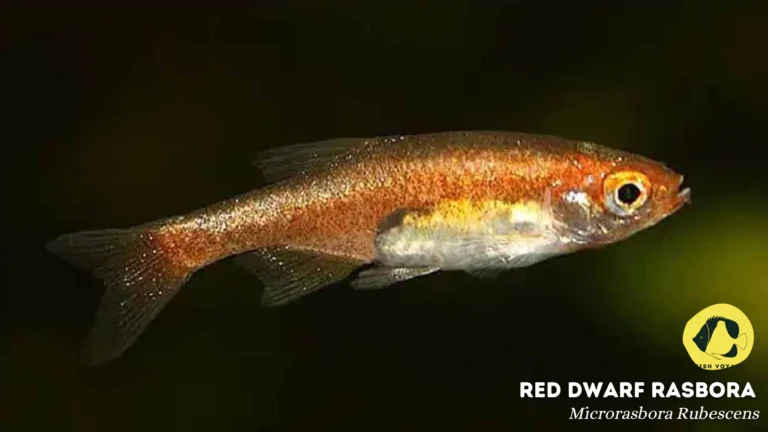The Ultimate List of Common Goldfish Tank Mates

Choosing the right companions for your goldfish is a pivotal decision in cultivating a thriving aquatic environment. The significance of selecting suitable tank mates extends beyond mere compatibility; it contributes to the overall well-being and happiness of your aquatic companions. Goldfish, known for their unique characteristics and personable nature, flourish in the company of carefully chosen companions. The diversity of fish that can coexist harmoniously with goldfish is remarkable, offering aquarists an array of options to create a vibrant and balanced community within the confines of their aquarium. In this comprehensive guide, we delve into the intricacies of goldfish tank mate selection, exploring the factors that ensure a harmonious aquatic habitat for these beloved aquatic pets.
Characteristics of Goldfish
Size Considerations
Goldfish, renowned for their majestic beauty, exhibit a diversity of sizes depending on their variety. Common goldfish can grow significantly larger than their fancy counterparts, reaching lengths of up to 12 inches or more. Understanding the potential size of your goldfish is paramount in planning an aquarium community, ensuring ample space for these aquatic companions to thrive. This consideration plays a crucial role in selecting suitable tank mates, as companions should complement, rather than impede, the growth and movement of the goldfish.
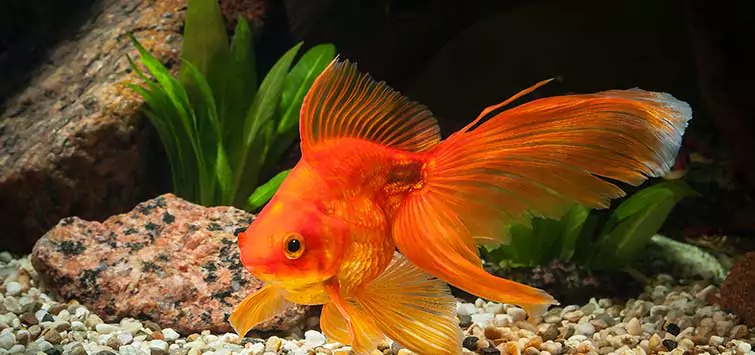
Temperament and Behavior Traits
Goldfish, with their engaging personalities, display distinct temperament and behavior traits. While generally peaceful, some goldfish varieties may exhibit more active or docile behaviors. Observing the specific characteristics of your goldfish can guide the selection of compatible tank mates. For instance, the calm demeanor of fancy goldfish makes them well-suited for community setups, while the energetic nature of common or comet goldfish may influence the choice of companions that can keep pace with their activity levels.
Water Parameter Preferences
Maintaining optimal water conditions is fundamental to the well-being of goldfish. These aquatic companions thrive in clean, well-oxygenated water with temperatures ranging from 65°F to 75°F. pH levels between 6.0 and 8.0 are suitable, and ammonia and nitrite levels should be kept at a minimum. Understanding these water parameter preferences is pivotal when selecting tank mates, as compatibility in environmental conditions fosters a harmonious cohabitation. Attention to water quality ensures the health and longevity of both goldfish and their companions.
In navigating the nuanced characteristics of goldfish, aquarists can make informed decisions when creating a community that promotes the welfare and vitality of these captivating aquatic pets.
Suitable Tank Mates for Goldfish
Common goldfish thrive in the company of compatible tank mates, creating a vibrant and balanced aquatic community. Here are five suitable companions that complement Common Goldfish.
Rosy Barb (Pethia conchonius)
Brief Description
Known for their striking colors and active nature, Rosy Barbs add vibrancy to the aquarium. Their compatibility with Common Goldfish is enhanced by their peaceful demeanor and engaging swimming patterns.
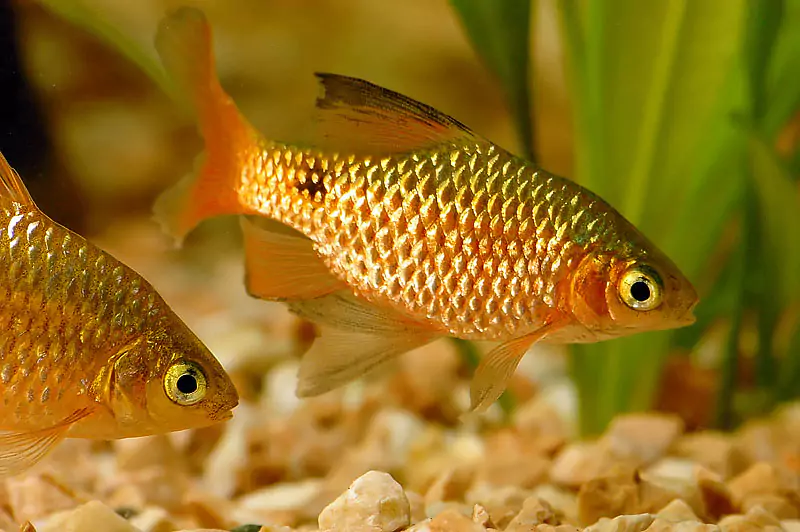
Compatibility Factors
Rosy Barbs are non-aggressive, making them ideal companions. Their energetic behavior complements the slower movements of Common Goldfish, creating a visually dynamic underwater environment.
Ideal Tank Conditions
Maintain a well-planted aquarium with ample swimming space, and ensure a temperature range of 65°F to 75°F for optimal cohabitation.
White Cloud Mountain Minnows (Tanichthys albonubes)
Brief Description
With their shimmering silver bodies, White Cloud Mountain Minnows bring elegance to the aquarium. Their small size and calm disposition make them excellent tank mates for Common Goldfish.
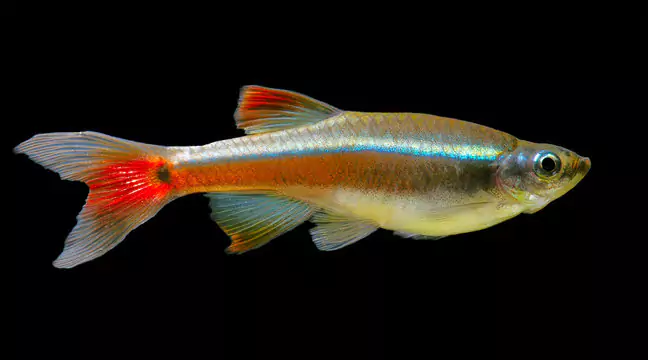
Compatibility Factors
White Cloud Mountain Minnows are peaceful schooling fish, coexisting harmoniously with Common Goldfish. Their gentle nature complements the varied temperaments of goldfish varieties.
Ideal Tank Conditions
Provide a well-maintained tank with hiding spots and maintain a temperature range of 60°F to 72°F to accommodate both species.
Weather Loach (Misgurnus anguillicaudatus)
Brief Description
Recognized for their eel-like appearance, Weather Loaches are fascinating additions. Their playful behavior and adaptability contribute to a dynamic and compatible environment.

Compatibility Factors
Weather Loaches are peaceful and adaptable, making them suitable companions for Common Goldfish. Their ability to tolerate various water conditions enhances their compatibility.
Ideal Tank Conditions
Create a substrate-rich tank with hiding spots and maintain a temperature range of 68°F to 75°F to cater to the preferences of both species.
Corydoras Catfish (Corydoras spp.)
Brief Description
Recognized by their distinctive whisker-like barbels, Corydoras Catfish serve as efficient bottom dwellers. Their small size and schooling behavior make them suitable tank mates for Common Goldfish.

Compatibility Factors
Corydoras Catfish are non-aggressive and peacefully coexist with Common Goldfish. Their scavenging behavior helps maintain a clean substrate.
Ideal Tank Conditions
Utilize a substrate with smooth pebbles and maintain a temperature range of 72°F to 78°F for an optimal environment.
Bristlenose Pleco (Ancistrus cirrhosus)
Brief Description
Bristlenose Plecos, known for their unique bristle-like growths, offer effective algae control. Their nocturnal habits and calm demeanor make them suitable tank mates for Common Goldfish.
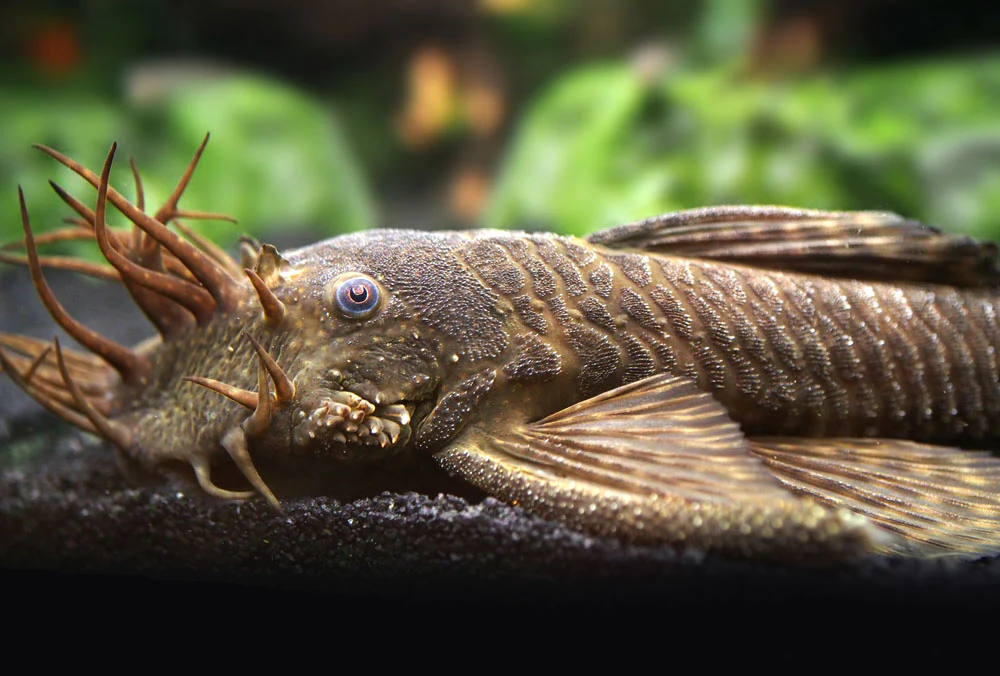
Compatibility Factors
Bristlenose Plecos are non-aggressive and can coexist well with Common Goldfish. Their algae-cleaning behavior benefits the overall tank ecosystem.
Ideal Tank Conditions
Maintain a well-aerated tank with hiding spots and a temperature range of 72°F to 78°F to cater to the preferences of both species.
By strategically selecting these compatible tank mates, aquarists can curate a diverse and visually captivating aquarium community while ensuring the well-being of their Common Goldfish and their aquatic companions.
Incompatible Tank Mates
While building a harmonious aquatic community for Common Goldfish, it’s essential to avoid species that may lead to conflicts or compromise the well-being of your fish. Here are five species that should be avoided as tank mates, along with the reasons behind their incompatibility.
Cichlids (Various Species)
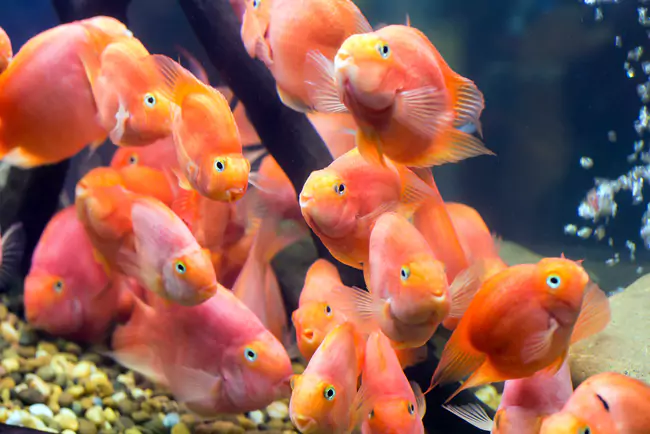
Reasons for Incompatibility
Cichlids are known for their territorial nature and aggression, which can result in stress and physical harm to Common Goldfish. Their competitive behavior during feeding and territorial disputes make them unsuitable companions.
Barbs (Especially Fin-Nipping Varieties)
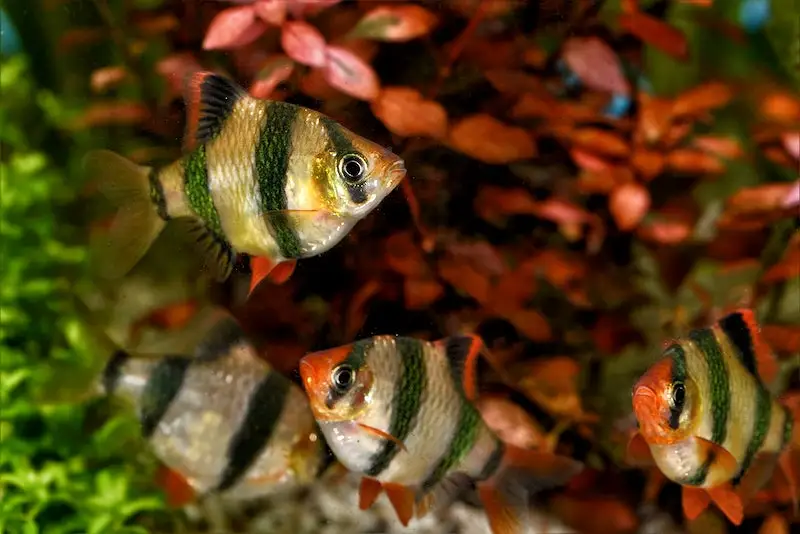
Reasons for Incompatibility
Fin-nipping barbs, such as Tiger Barbs, can target the flowing fins of Common Goldfish, causing stress and potential injuries. The aggressive nature of certain barb species may disrupt the calm environment needed for goldfish.
Bettas (Betta splendens)

Reasons for Incompatibility
Bettas, also known as Siamese Fighting Fish, possess territorial instincts and may engage in aggressive behavior, especially during the breeding season. This aggression can lead to injuries and stress for Common Goldfish.
Fast-Moving and Aggressive Fish (e.g., Tiger Oscars)
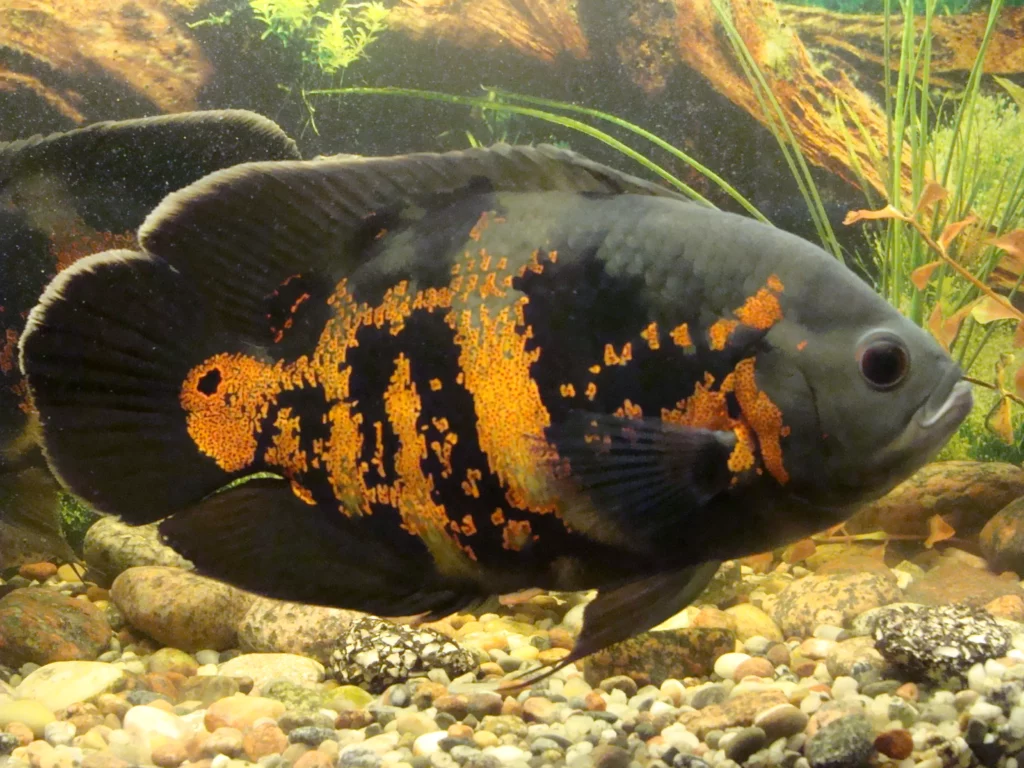
Reasons for Incompatibility
Species like Tiger Oscars, known for their fast and aggressive movements, may intimidate Common Goldfish. Their tendency to dominate feeding areas and assert dominance can lead to an imbalanced and stressful environment.
Predatory Fish (e.g., Arowanas)
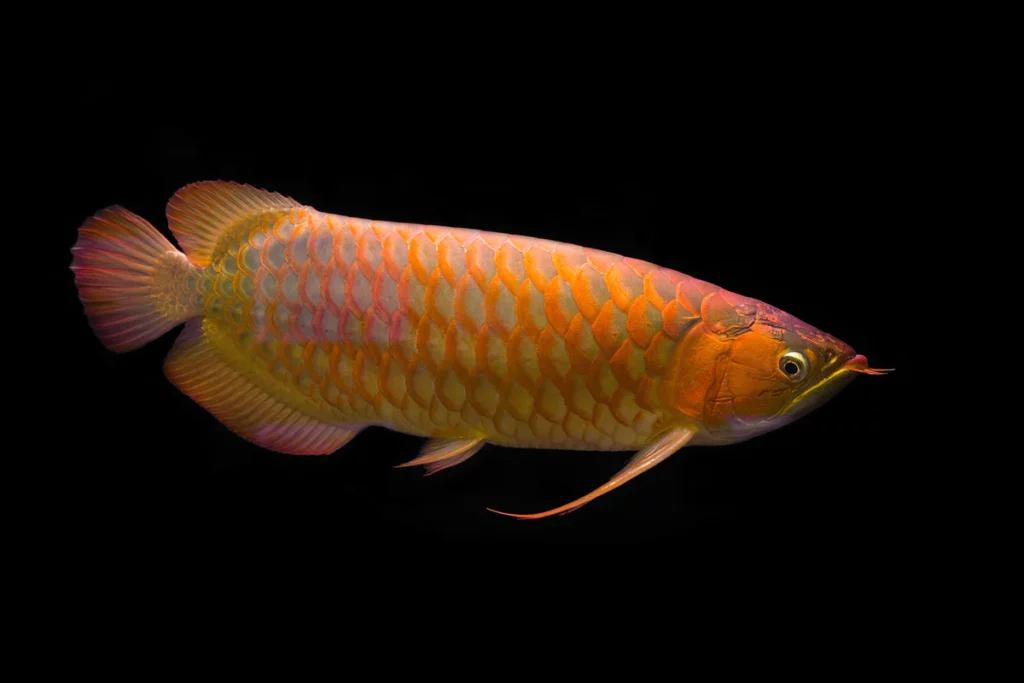
Reasons for Incompatibility
Predatory fish, such as Arowanas, pose a significant threat to Common Goldfish due to their predatory nature. The risk of Goldfish becoming prey can result in a constant state of stress and compromise their overall well-being.
In avoiding these incompatible tank mates, aquarists can safeguard the peaceful coexistence of Common Goldfish and foster a thriving and balanced aquatic community. Understanding the behavioral traits and potential risks associated with certain species is crucial in making informed decisions for the welfare of your aquarium inhabitants.
Introducing New Tank Mates
Quarantine Procedures
Before introducing new tank mates to your goldfish aquarium, implementing a thorough quarantine procedure is a critical step. This precautionary measure helps prevent the introduction of potential diseases or parasites. Newly acquired fish should be isolated in a separate quarantine tank for a recommended period, allowing for observation and potential treatment if any health issues arise. This proactive approach not only safeguards the health of existing tank inhabitants but also ensures the well-being of the newcomers.
Gradual Acclimatization Techniques
The key to a successful introduction lies in gradual acclimatization. Sudden changes in temperature or water chemistry can cause stress to both existing and new tank mates. To facilitate a smooth transition, employ the drip acclimation method. Slowly drip water from the main tank into the quarantine tank over an extended period. This gradual adjustment allows the newcomers to acclimate to the temperature and water parameters of the main aquarium, minimizing stress and increasing the likelihood of a seamless integration.
Monitoring and Troubleshooting
Vigilant monitoring is essential in the initial days following the introduction of new tank mates. Observe their behavior, feeding patterns, and interactions with existing inhabitants. Pay attention to signs of stress, such as hiding, aggression, or changes in appetite. In case of any issues, be prepared to troubleshoot promptly. This may involve reevaluating the compatibility of tank mates, adjusting feeding routines, or making minor modifications to the tank environment. Regular water parameter checks and maintaining optimal conditions contribute to a healthy and harmonious aquatic community.
In the delicate process of introducing new tank mates, a balance of caution and patience is key. By adhering to quarantine procedures, employing gradual acclimatization techniques, and staying vigilant in monitoring, aquarists can foster a smooth integration that enhances the diversity and vibrancy of their goldfish aquarium.
Tips for a Harmonious Aquarium Community
Monitoring Behavior and Aggression
Harmonizing a diverse aquarium community involves keen observation of fish behavior and proactive management of aggression. Regularly monitor interactions among tank mates, especially during the introduction of new fish. Be attentive to signs of aggression, such as fin nipping or chasing, and address any issues promptly. Providing ample hiding spots and visual barriers can help diffuse tension and create a more serene environment. Additionally, consider the personalities of individual fish, as some may be more territorial than others, influencing the overall dynamics of the community.
Proper Feeding Practices
Establishing a balanced feeding routine is crucial for the well-being of goldfish and their tank mates. Tailor the diet to the specific needs of each species, considering factors such as size, age, and dietary preferences. Avoid overfeeding, as excess food can lead to water quality issues and compromise the health of the entire community. Implement a varied diet that includes high-quality pellets, flakes, and occasional treats like live or frozen foods. Observing feeding behavior also provides valuable insights into the overall health and vitality of the aquarium inhabitants.
Regular Water Quality Checks
Maintaining pristine water conditions is paramount for a harmonious aquarium community. Conduct regular water quality checks to monitor parameters such as ammonia, nitrite, nitrate, pH, and temperature. Consistent water testing ensures that the aquarium environment remains stable, reducing the risk of stress-related illnesses and promoting the overall health of fish. Implement routine water changes to mitigate the accumulation of waste and maintain optimal conditions. Investing in a reliable water testing kit is a small effort that pays significant dividends in sustaining a thriving aquatic community.
In fostering harmony within the aquarium, a proactive approach centered on behavior monitoring, proper feeding practices, and regular water quality checks is essential. By attending to these aspects with care and precision, aquarists can create an environment where goldfish and their tank mates flourish, showcasing the beauty and diversity of the underwater world.
Conclusion
Recap of Key Points
In the pursuit of creating a thriving aquatic community for your goldfish, key considerations emerge to ensure a harmonious coexistence. Understanding the specific characteristics of goldfish, including size considerations, temperament, and water parameter preferences, lays the foundation for informed decision-making. The careful selection of suitable tank mates, whether from the community fish options, bottom dwellers, or within compatible goldfish varieties, enhances the visual appeal and balance of the aquarium. Conversely, avoiding incompatible tank mates and introducing new additions with a focus on quarantine and acclimatization safeguards the health of the entire aquatic community. Monitoring behavior, implementing proper feeding practices, and conducting regular water quality checks contribute significantly to a harmonious and thriving aquarium environment.
Encouragement for Responsible and Informed Fishkeeping
As stewards of these underwater ecosystems, the responsibility of the aquarist extends beyond the aesthetic appeal of the aquarium. Embracing responsible and informed fishkeeping practices ensures the well-being of each aquatic inhabitant. The choices made in selecting tank mates, providing a suitable environment, and maintaining optimal conditions directly impact the health and happiness of goldfish and their companions. In this journey of aquatic stewardship, the pursuit of knowledge, ongoing research, and a commitment to best practices contribute to the longevity and vibrancy of the underwater world you’ve curated. By fostering an environment rooted in responsibility and care, you not only elevate the beauty of your aquarium but also contribute to the well-being of the fascinating aquatic life it houses.
In conclusion, the art of creating a harmonious aquarium community is an ongoing journey of learning and dedication. Through a thoughtful integration of knowledge and practice, aquarists can revel in the beauty of a balanced aquatic ecosystem while promoting the health and vitality of their goldfish and their diverse companions.
Additional Resources
Links to Reputable Sources for Further Information
For a deeper understanding of goldfish care, tank mate compatibility, and maintaining a thriving aquarium community, consider exploring the following reputable sources.
- Fishlore: A community-driven platform with a wealth of articles and forums covering various aspects of fishkeeping, including compatibility and tank mate selection.
- Aquarium Co-Op: A valuable resource with a focus on practical tips, video tutorials, and product reviews to enhance your fishkeeping expertise.
Recommended Reading on Goldfish Care and Tank Mate Compatibility
Delving into in-depth literature can enrich your knowledge and guide you on the path to responsible fishkeeping. Consider the following recommended reading.
- Goldfish Guide by Yoshiichi Matsui and Herbert R. Axelrod: A comprehensive guide covering all aspects of goldfish care, from tank setup to selecting suitable tank mates.
- Aquarium Care of Goldfish by David E. Boruchowitz: A detailed exploration of goldfish care, providing insights into their behavior, health, and compatibility with other fish species.
- The Simple Guide to Freshwater Aquariums by David E. Boruchowitz: A beginner-friendly guide that includes information on creating a harmonious freshwater aquarium community, with a focus on goldfish.
- Encyclopedia of Aquarium and Pond Fish by David Alderton: A comprehensive reference book that covers a wide range of fish species, offering valuable insights into compatibility and community dynamics.
By consulting these resources, you can deepen your understanding of goldfish care and aquarium management, ensuring a well-informed and responsible approach to creating and maintaining a thriving aquatic environment.
Frequently Asked Questions (FAQs)
1. What are the best tank mates for common goldfish?
Common goldfish thrive with compatible companions. Consider species like rosy barbs, white cloud mountain minnows, and weather loaches for a harmonious community.
2. Can fancy goldfish coexist with other varieties?
Yes, fancy goldfish, known for their ornate fins, can share a tank with other fancy varieties like orandas and fantails, provided their sizes and swimming abilities are compatible.
3. Are Corydoras catfish suitable bottom dwellers for a goldfish tank?
Absolutely. Corydoras catfish, with their peaceful nature and scavenging behavior, make excellent bottom dwellers, contributing to a well-balanced aquarium community.
4. How do I introduce new tank mates to my goldfish aquarium?
Introduce new tank mates cautiously by quarantining them first and utilizing gradual acclimatization techniques. Monitor behavior closely and troubleshoot any issues promptly.
5. Why is monitoring water quality important for a goldfish community tank?
Regular water quality checks are crucial to maintain a healthy environment. Poor water conditions can lead to stress-related illnesses, affecting the overall well-being of goldfish and their tank mates.

